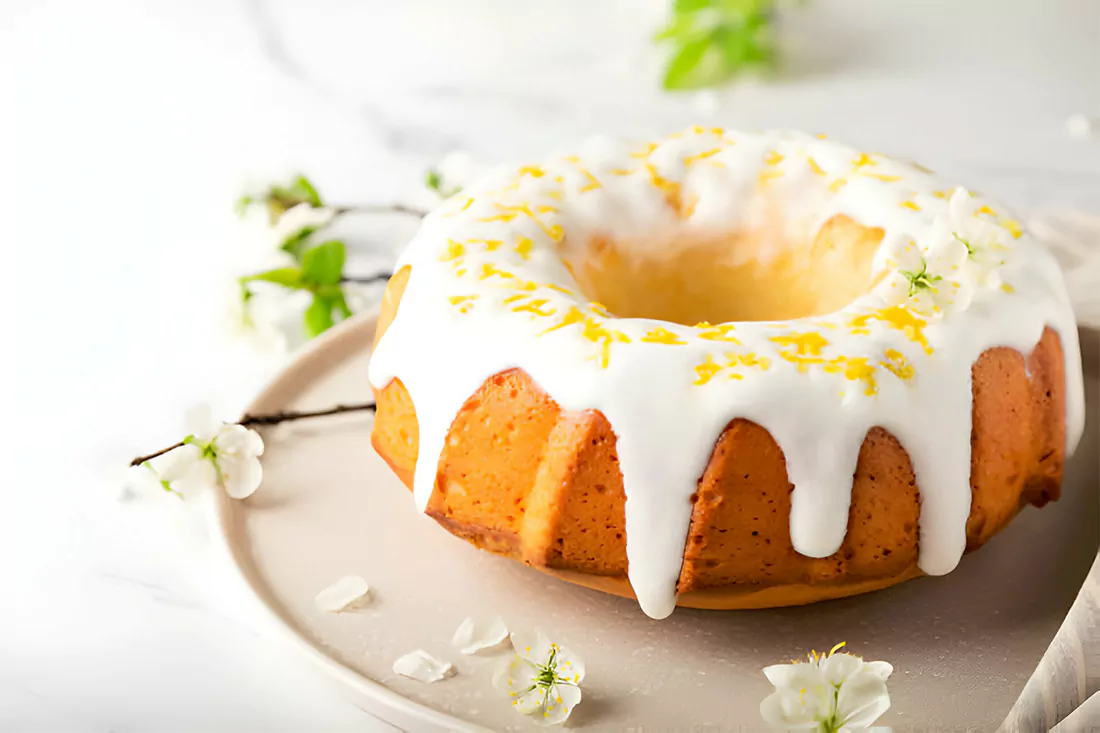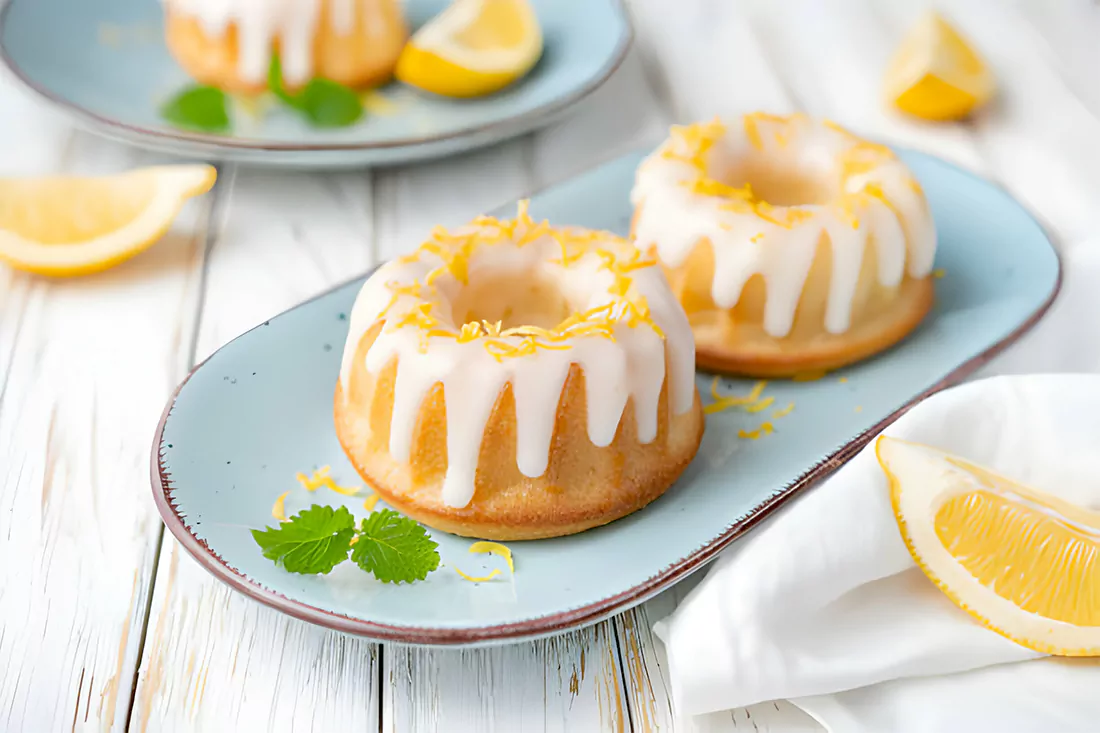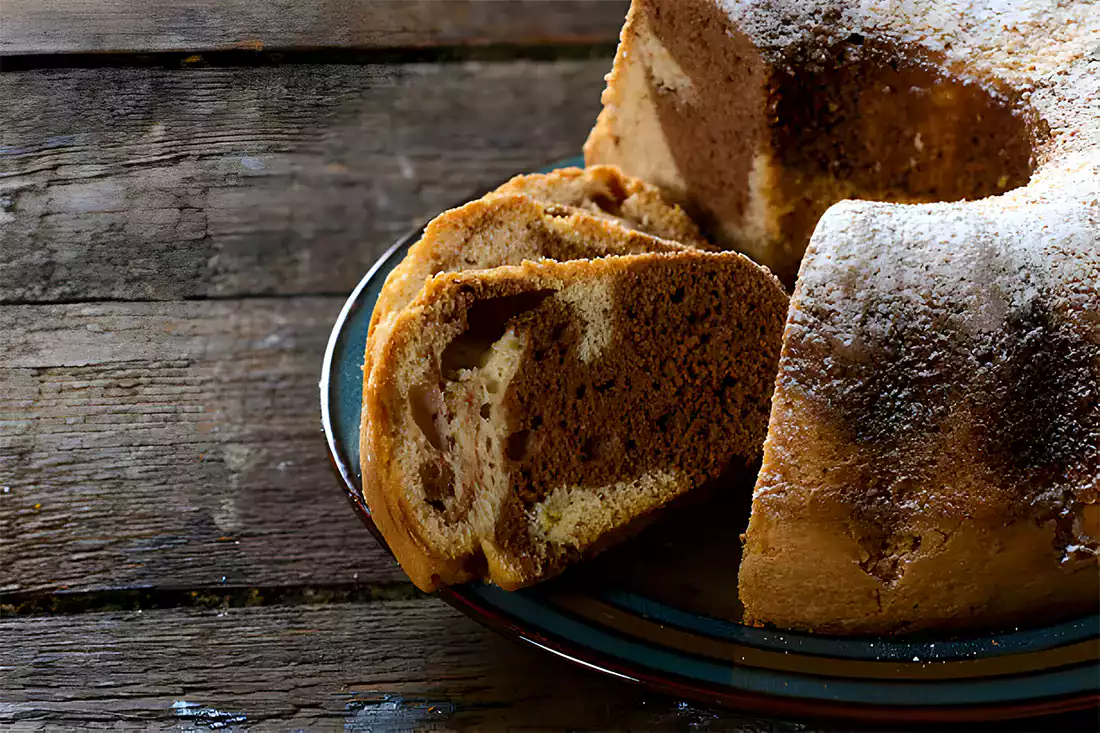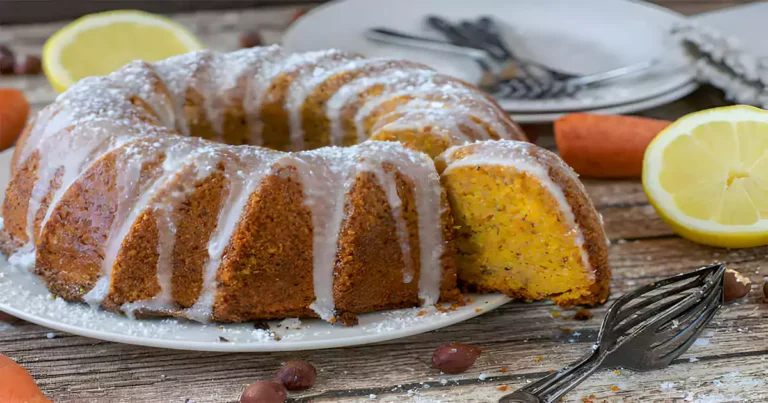Understanding Bundt Cakes
What is a Bundt Cake?
Ah, the Bundt cake! This isn’t just any ordinary cake. It’s a culinary masterpiece that combines elegance with simplicity. A Bundt cake is known for its distinctive ring shape,and as a result, achieved by baking in a Bundt pan. This pan is the secret weapon in creating the cake’s famous dense yet moist texture. Unlike other cakes that aim for light and airy, a Bundt cake is all about being rich and satisfying.
The History and Origin of Bundt Cakes
Let’s take a quick trip down memory lane. The Bundt cake has its roots in European baking traditions, specifically from Germany. It was in the mid-20th century that the Bundt cake began to gain popularity in America, thanks to a clever engineer named H. David Dalquist. He redesigned the traditional German Kugelhopf pan, and voilà, the Bundt pan was born! This pan revolutionized the way cakes were baked and brought the Bundt cake into the limelight.
Unique Features of Bundt Cakes
What sets a Bundt cake apart from its cakey cousins? First off, it’s the pan’s design. The fluted sides and the central tube of the Bundt pan aren’t just for looks; they play a crucial role in how the cake bakes. This design ensures even cooking and, you guessed it, contributes to the cake’s signature moistness. Plus, those grooves and ridges create more surface area, meaning more delicious, caramelized crust in every slice.
Also see :What sets a Bundt cake apart from its cakey cousins
The Secret to Moist Bundt Cakes
Key Factors for Moisture
Ever wondered what makes a Bundt cake so darn moist? It’s not just magic; it’s a blend of science and art. Let’s break it down:
Ingredients Contributing to Moisture
Furthermore, the choice of ingredients plays a pivotal role. For that oh-so-moist texture, bakers often use ingredients like sour cream, buttermilk, or yogurt. These not only add richness but also tenderize the gluten in the flour, resulting in a softer crumb. And let’s not forget about the fats – butter and oil are the unsung heroes in keeping the cake moist for days.
Role of the Bundt Pan in Moisture Retention
Now, onto the star of the show – the Bundt pan. This isn’t just any baking tin. Its unique shape allows heat to circulate evenly around the cake, cooking it uniformly. The central tube of the pan ensures the middle of the cake cooks just as perfectly as the edges, preventing the dreaded dry center. It’s this even baking that locks in moisture, giving you that delectably moist bite every time.
Baking Techniques for Optimal Moisture
Baking a Bundt cake is like conducting an orchestra – every element needs to be in perfect harmony. The oven temperature should be just right; too hot, and the outside will cook too quickly, leaving the inside underdone. And patience is key – rushing the baking process is a surefire way to a dry cake. Remember, a Bundt cake takes its sweet time to reach perfection.
Exploring Flavors
Most Popular Bundt Cake Flavors
Moreover, when it comes to Bundt cakes, the flavor possibilities are as endless as they are delicious. Let’s explore some crowd-pleasers:
- Red Velvet Bundt Cake: A classic that never fails to impress. The rich cocoa flavor, combined with a tangy cream cheese frosting, makes for a moist and indulgent treat.
- Lemon Bundt Cake: For those who prefer a zesty twist, the lemon Bundt cake is a refreshing choice. The acidity of the lemon not only adds flavor but also enhances the cake’s moisture.
- Chocolate Bundt Cake: A chocoholic’s dream! The dense texture of a Bundt cake makes it perfect for a deep, fudgy chocolate flavor.

Flavor Combinations and Innovations
Innovation in the kitchen leads to some exciting flavor combinations. Imagine a Cinnamon Apple Bundt cake, perfect for autumn, or a Pumpkin Spice Bundt Cake that embodies the essence of the holidays. The key is to balance the flavors so that they complement the moist texture of the cake.
Imagine a Cinnamon Apple Bundt Cake, perfect for autumn, or a Pumpkin Spice Bundt Cake that embodies the essence of the holidays.
Baking Perfect Bundt Cakes
Step-by-Step Guide to Making a Bundt Cake
Baking a Bundt cake is an art, and to begin with ,but with the right steps, it’s an art anyone can master. Here’s how to ensure your Bundt cake is a showstopper:
- Choose the Right Recipe: Start with a recipe specifically designed for Bundt cakes. These recipes account for the unique shape and density of the cake.
- Prepare Your Pan: Thoroughly grease your Bundt pan, making sure to get into all the nooks and crannies. This ensures your cake will release beautifully.
- Mix Your Batter: Follow your recipe precisely. Overmixing can lead to a tough cake, while undermixing can result in an uneven texture.
- Fill the Pan: Pour the batter into the pan and smooth the top. Tap the pan on the counter to remove any air bubbles.
- Bake with Care: Bake as directed, but start checking for doneness a bit early. Every oven is different, and you don’t want to overbake your cake.
- Cool and Release: Let the cake cool in the pan for about 10 minutes before inverting it onto a wire rack to cool completely.
Tips to Prevent the Cake from Sticking
There’s nothing sadder than a Bundt cake that won’t come out of its pan. To avoid this tragedy:
- Use a non-stick Bundt pan or a good quality, well-greased metal pan.
- Consider using a flour-based baking spray or a homemade paste of butter and flour.
- After baking, give the cake time to set and firm up before attempting to turn it out.
Common Baking Mistakes and How to Avoid Them
Even experienced bakers can run into trouble with Bundt cakes. Here are some pitfalls to avoid:
- Overbaking: Keep an eye on your cake and perform the toothpick test for doneness.
- Improper Measuring: Be precise with your ingredients. Baking is a science, after all.
- Rushing the Cooling Process: Patience is key. Rushing can lead to a broken cake.
Serving and Storing Bundt Cakes
How to Properly Store Bundt Cakes
Consequently ,a well-baked Bundt cake can be a thing of beauty for days, but only if stored correctly. Here’s how to keep that moist goodness intact:
- Room Temperature Storage: If your cake doesn’t have a perishable frosting, it can be kept at room temperature. Cover it with a cake dome or an inverted bowl to keep it from drying out.
- Refrigerating Your Cake: For cakes with cream cheese or whipped cream toppings, refrigeration is key. Store in an airtight container to prevent the cake from absorbing fridge odors.

Serving Suggestions for Bundt Cakes
Presentation is everything when it comes to serving a Bundt cake. Here are some tips to make your cake the star of the show:
- Let it Shine: Sometimes, simple is best. A dusting of powdered sugar or a drizzle of glaze can be all you need.
- Add a Topping: Fresh fruit, a dollop of whipped cream, or a scoop of ice cream can elevate your Bundt cake to new heights.
Freezing and Thawing Tips
Bundt cakes freeze beautifully, making them perfect for advance preparation:
- Freezing: Wrap your cooled cake in plastic wrap, then a layer of aluminum foil. This double layer protects against freezer burn.
- Thawing: Thaw your cake overnight in the refrigerator or at room temperature for a few hours. This slow process helps retain the cake’s moisture.
Frequently Asked Questions
Common Queries About Bundt Cakes
In addition , bundt cake baking can bring up a lot of questions, especially for those new to this style of cake. Let’s tackle some of the most common queries:
-
Can I Use Any Cake Mix for a Bundt Cake?
- Ideally, you should use a recipe specifically designed for Bundt cakes. These recipes account for the unique density and moisture levels needed.
-
Why Did My Bundt Cake Stick to the Pan?
- This is often due to insufficient greasing. Remember, every nook and cranny of the pan needs to be well-greased. Also, let the cake cool in the pan for about 10 minutes before inverting.
-
How Long Should I Cool My Bundt Cake Before Inverting?
- Give it about 10-15 minutes. Cooling too long can cause the cake to stick, while too short a time doesn’t allow the cake to set properly.
Expert Answers to Popular Questions
-
Can Bundt Cakes Be Made in Advance?
- Absolutely! Bundt cakes can be baked ahead of time and stored or frozen. Just follow the proper storage or freezing guidelines.
-
How Do I Know When My Bundt Cake Is Done?
- Perform the toothpick test: insert a toothpick into the thickest part of the cake. If it comes out clean or with a few moist crumbs, the cake is done.
-
Can I Convert a Regular Cake Recipe into a Bundt Cake Recipe?
- It’s possible, but tricky. You’ll need to adjust baking times and possibly ingredient ratios. It’s often easier to start with a Bundt-specific recipe.

Wrapping Up
Final Thoughts on Bundt Cakes
Finally,as we come to the end of our Bundt cake journey, it’s clear that these delightful desserts are more than just a treat for the taste buds. They’re a blend of tradition, innovation, and baking artistry. Whether you’re drawn to the classic flavors or excited to experiment with new combinations, Bundt cakes offer a canvas for creativity and a sure path to culinary delight.
Encouragement to Try Baking a Bundt Cake
If you haven’t yet ventured into the world of Bundt cake baking, now is the perfect time to start. Armed with the knowledge and tips from this guide, you’re well-equipped to bake a Bundt cake that’s not only visually stunning but also irresistibly moist and flavorful. Remember, every baker has their own unique touch, so don’t be afraid to add a bit of your personal flair to the recipes.
Bundt cakes are more than just desserts; they’re a celebration of the joy of baking and the pleasure of sharing. So, preheat your oven, grease that Bundt pan, and get ready to create a masterpiece that will be remembered long after the last slice is enjoyed.
